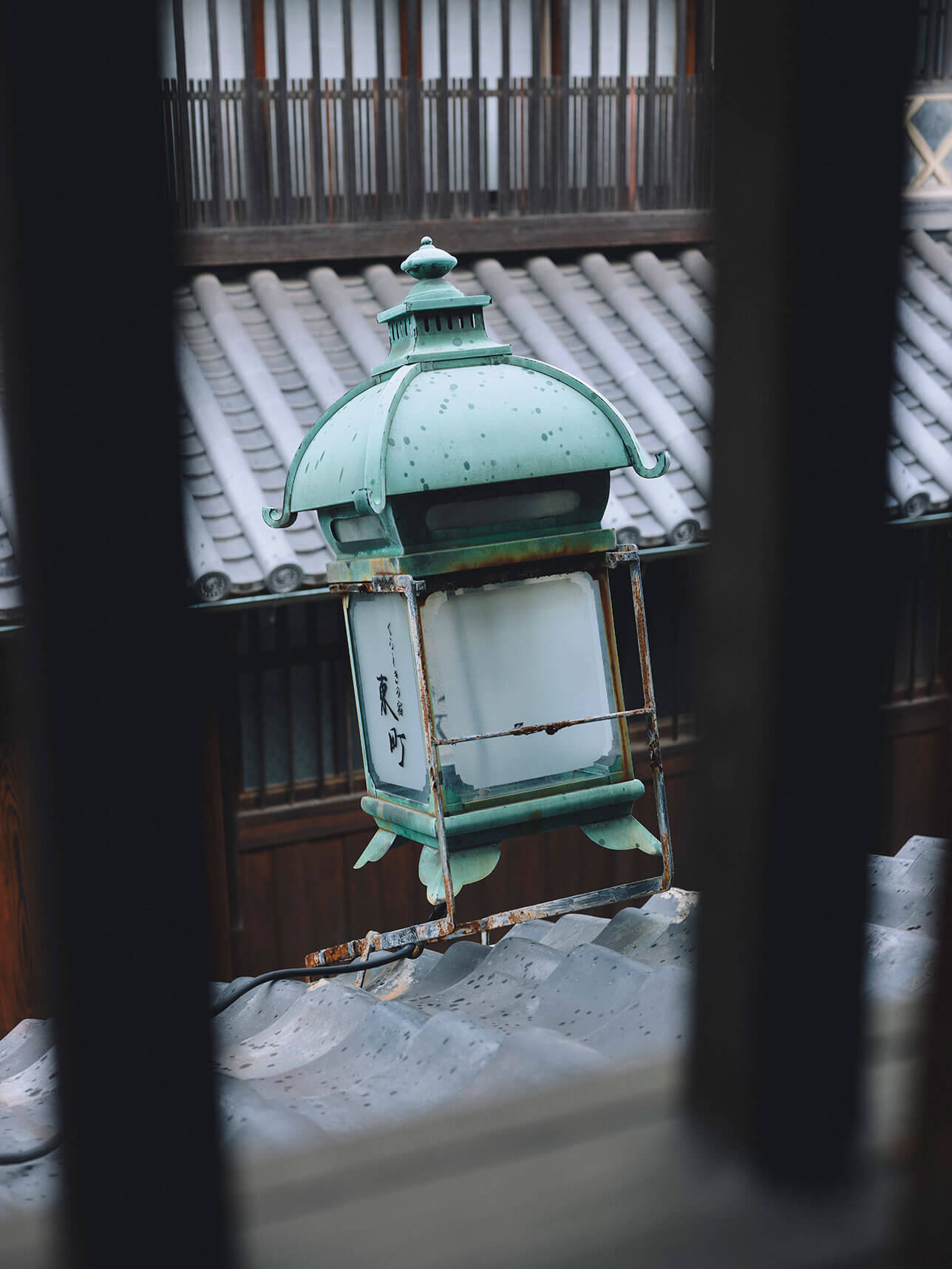
The Timeless Charm of KurashikiApr 30, 2024

One day, on a street corner in Kurashiki, we stumbled upon crafts made from the locally cherished ‘igusa,’ a Japanese soft rush grass. While igusa stems appear delicate individually, once twisted together to form ropes, they become remarkably flexible and resilient. Observing these igusa ropes felt like a glimpse into the depth of Kurashiki, where the intertwining lives of its residents have woven a rich tapestry of history across generations.
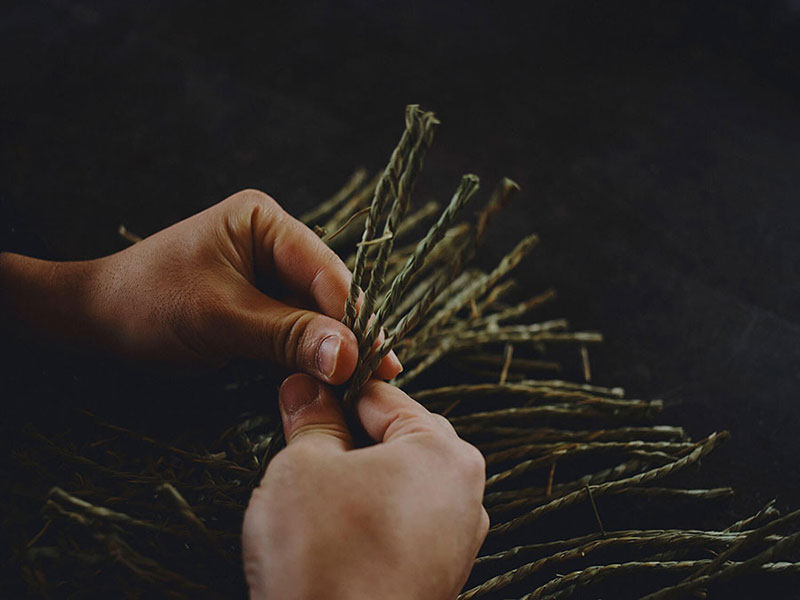
YORUYA is slated to open in the Kurashiki Bikan Historical Quarter in autumn of 2024. As we prepare for opening, we have decided to launch this journal to capture our journey, and share snippets of our story and the charms of the town along the way.
For this inaugural entry, we delved into understanding Kurashiki more deeply. We explored local literature and engaged in heartfelt conversations with residents, hoping to intertwine our thoughts as we convey the town’s unique charms.
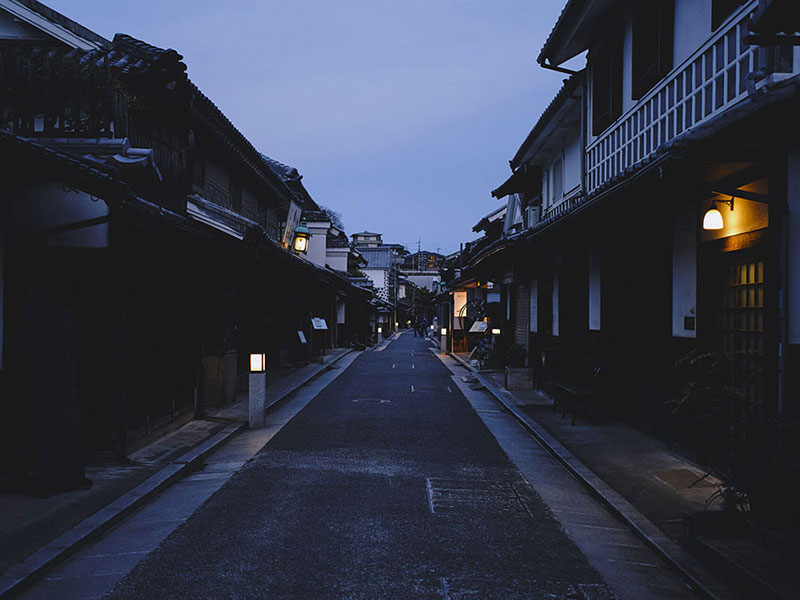
The name ‘Kurashiki’ is said to originate from ‘kurayashiki,’ meaning a storage facility combined with a residence for storing and selling rice and local products.
Kurashiki long flourished as a pivotal junction for Kitamaebune (northern-bound ships), a fleet of merchant vessels engaging in the trading of goods that operated around the Sea of Japan. The town reached peak prosperity during the Edo period when it became a ‘tenryo,’ a territory directly controlled by the shogunate. Goods from various regions were transported via river routes and stored in the countless storehouses along the riverside, forming the picturesque Kurashiki historic district we see today.
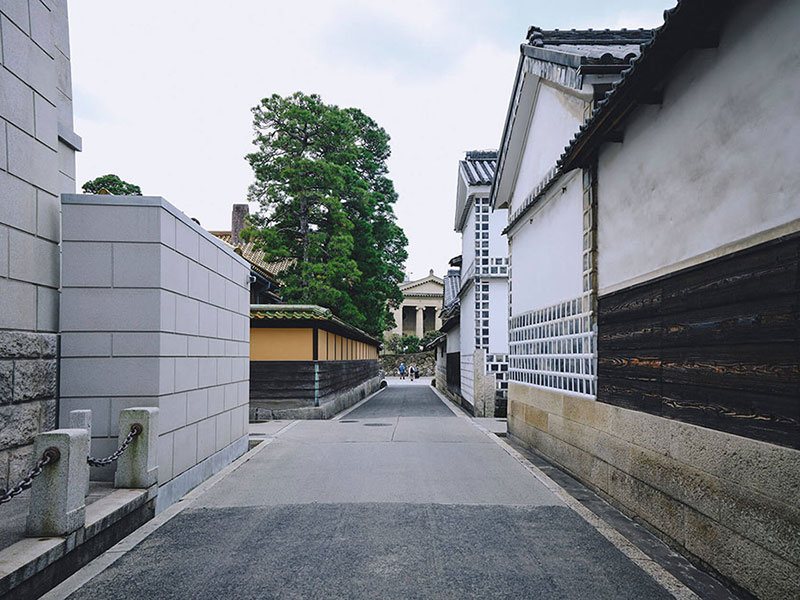
Among the numerous works written about Kurashiki, we highlight an essay titled “Kurashiki: Living Folk Art” by Ryotaro Shiba, a historical novelist in Japan renowned for infusing modern interpretations into historical facts, who visited Kurashiki half a century ago. In his essay, Shiba highly praises Kurashiki, describing it as a “town quite unlike any other in Japan, that awakens thoughts one would not ordinarily have.”
During his stay at the ryokan in Kurashiki Bikan Historical Quarter, Shiba meticulously observes the interior adorned with splendid beams and remarks to the manager, “This must have been quite a painstaking construction.” To Shiba, the old-fashioned décor of the inn appeared to be a contrived imitation of folk art “style,” adapted to modern trends.
However, he soon learns that the décor is genuine, as the lady manager responds, “Many of those tools around here were once used by my father, too.”
Upon hearing this, Shiba was astonished. It was not folk art “style” after all… He was deeply impressed by the modesty of life in Kurashiki, where tradition has naturally thrived for generations, seamlessly integrated into the fabric of the town and accepted as nothing out of the ordinary by its people.
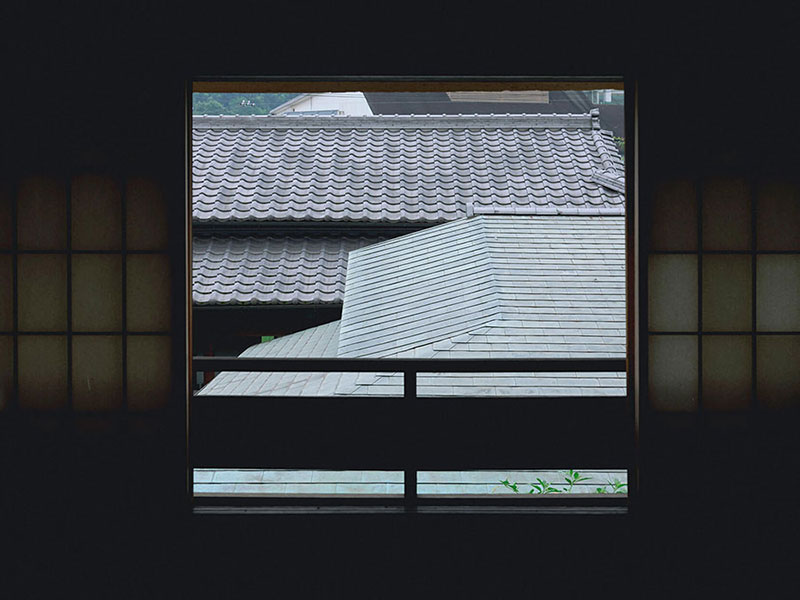
Half a century after Shiba’s visit, one can still sense Kurashiki’s modest way of life when venturing beyond the bustling beauty of the historic district, into the quiet alleys of Hon-machi and the serene streets of Higashi-machi.
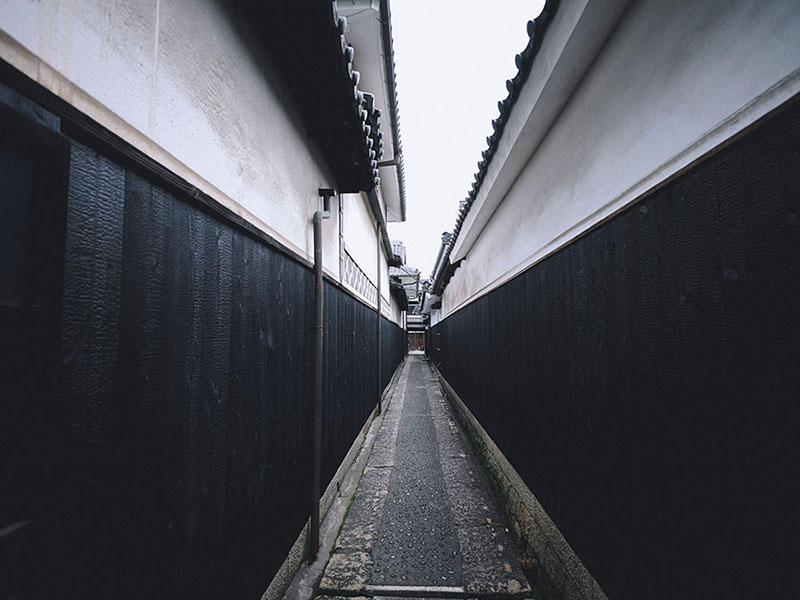
Shiba’s praise of Kurashiki—a “town quite unlike any other in Japan, that awakens thoughts one would not ordinarily have”—still remains true today, upheld by the hands of Kurashiki’s residents.
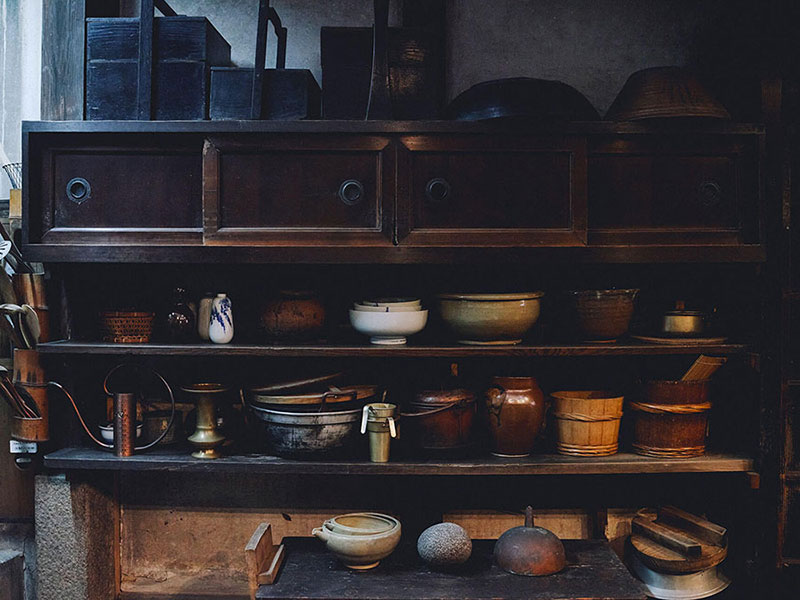
Edited by Yuya Uenuma from YORUYA
Written by Keiichi Asakura














